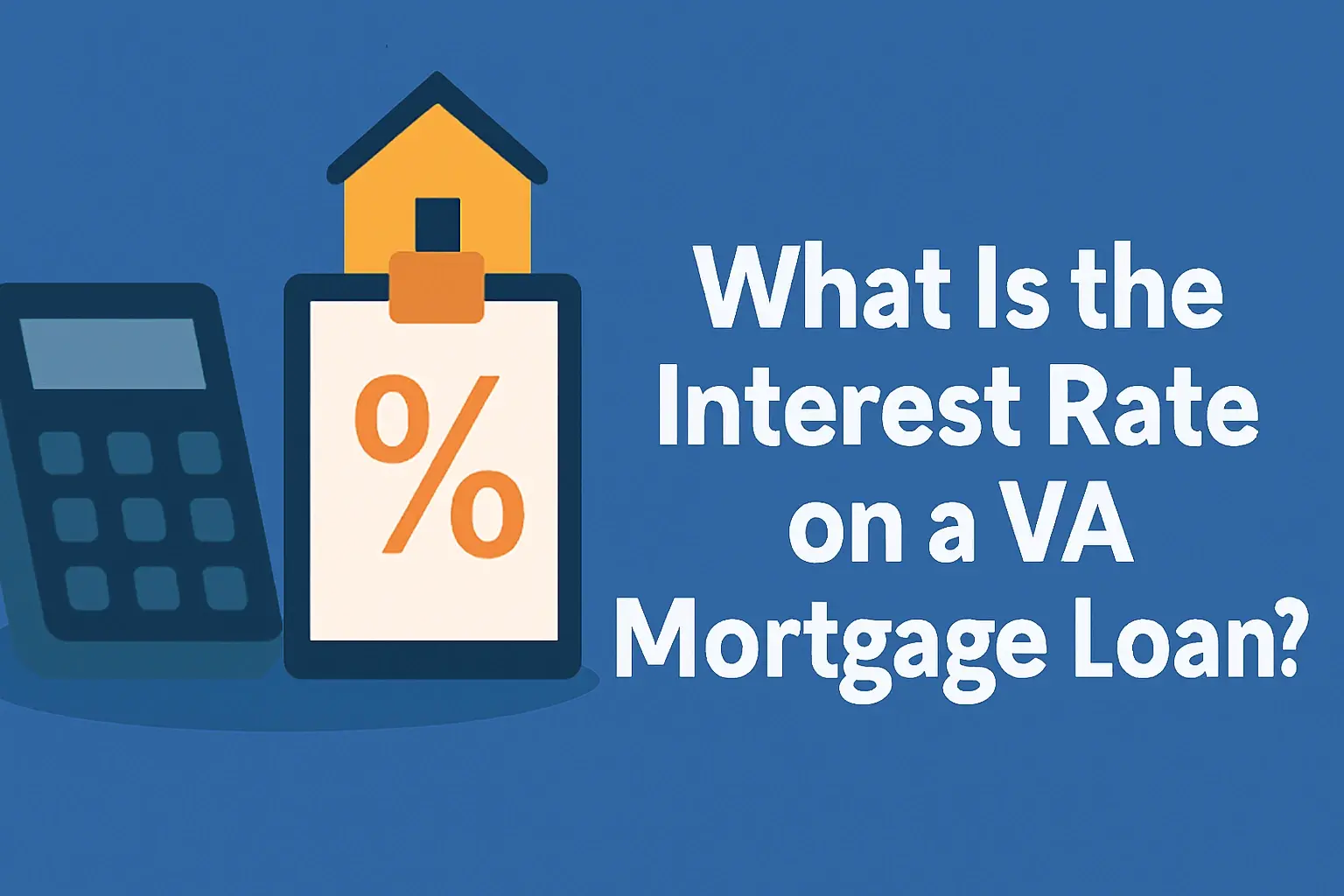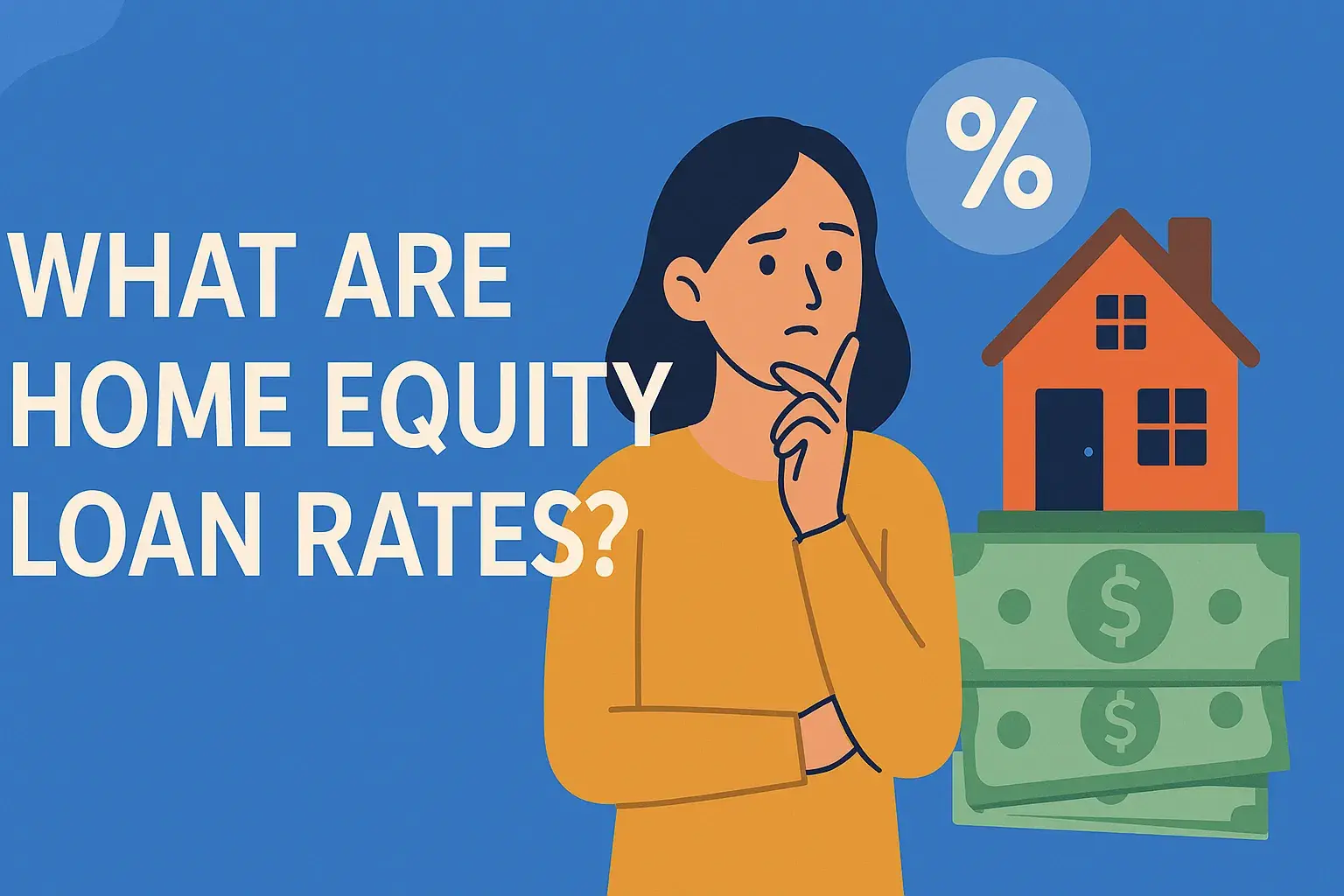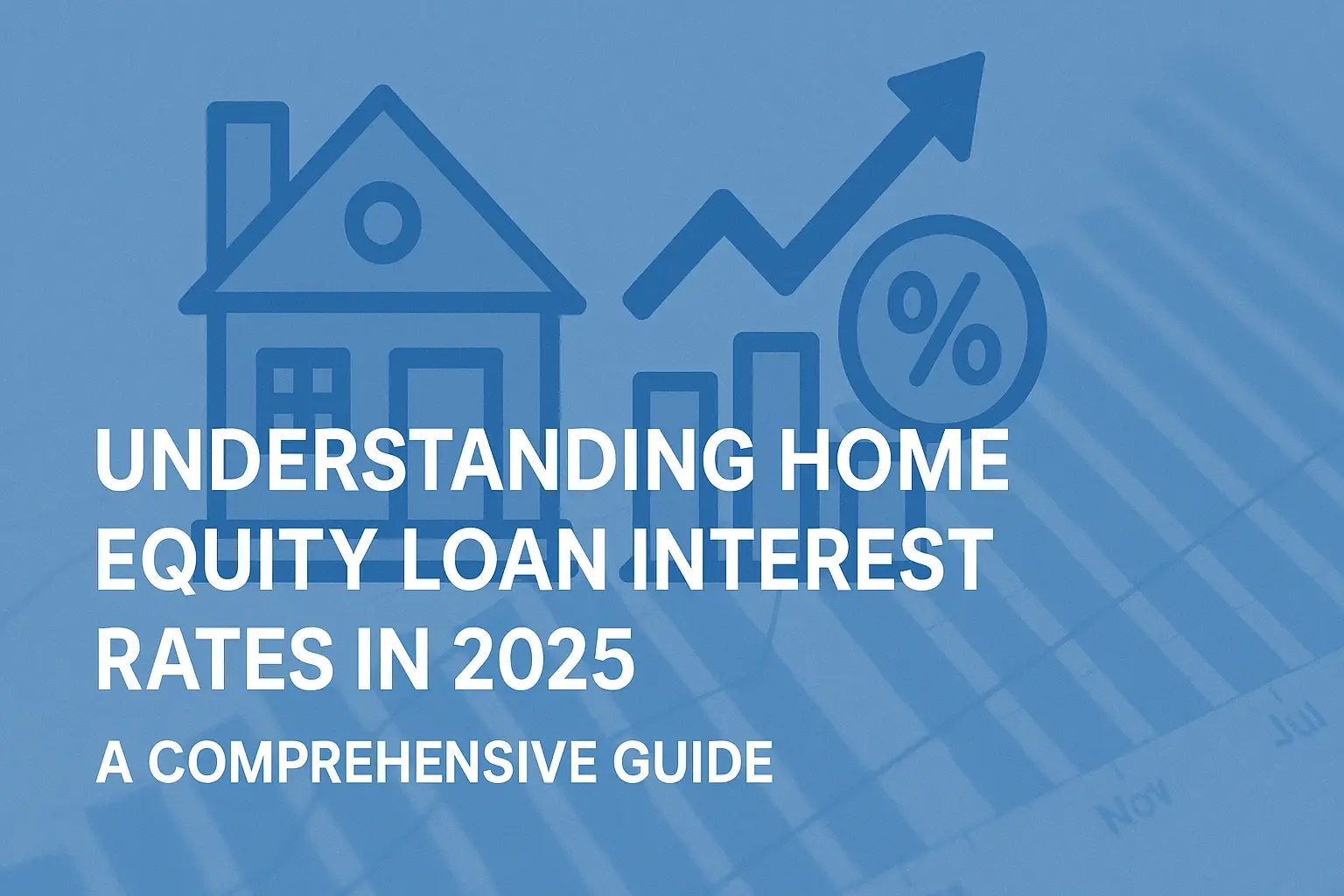-
Posted on: 01 Aug 2024

-
Buying a home is a significant financial decision, and understanding how much you can realistically afford is crucial. If you earn $80,000 a year, this guide will walk you through the factors that determine your home buying power, providing a clearer picture of your potential budget.
Key Factors Influencing Your Home Affordability
Several factors play a role in determining how much house you can afford. These include your income, debt-to-income ratio (DTI), credit score, down payment, and prevailing interest rates.
1. The 28/36 Rule: A General Guideline
The 28/36 rule is a common guideline used by lenders. It suggests that:
- Your housing expenses (including mortgage principal, interest, property taxes, and homeowners insurance) should not exceed 28% of your gross monthly income.
- Your total debt (including housing expenses, credit card debt, student loans, and car loans) should not exceed 36% of your gross monthly income.
Let's calculate based on an $80,000 salary:
- Gross Monthly Income: $80,000 / 12 = $6,666.67
- 28% of Gross Monthly Income: $6,666.67 * 0.28 = $1,866.67
- 36% of Gross Monthly Income: $6,666.67 * 0.36 = $2,400
Based on the 28/36 rule, your monthly housing expenses should ideally be no more than $1,866.67, and your total monthly debt should not exceed $2,400. This means the *maximum* monthly mortgage payment you should target is around $1,866.67, *before* taking into account other debts.
2. Debt-to-Income Ratio (DTI): A Critical Metric
Lenders use DTI to assess your ability to repay a loan. A lower DTI indicates a lower risk for the lender. DTI is calculated as: (Total Monthly Debt Payments / Gross Monthly Income) * 100.
For example, if you have $500 in monthly student loan payments and $200 in credit card payments, your total monthly debt (excluding housing) is $700. Your DTI calculation would be:
($700 / $6,666.67) * 100 = 10.5%
To determine your maximum allowable mortgage payment based on the 36% DTI rule, subtract your existing monthly debt from the maximum allowable total debt: $2,400 - $700 = $1,700. This means, in this scenario, your *maximum* affordable mortgage payment is closer to $1,700.
Lenders generally prefer a DTI below 43%. Some lenders may approve higher DTIs, but typically at higher interest rates and with stricter requirements.
3. Credit Score: A Gateway to Favorable Rates
Your credit score significantly impacts the interest rate you'll receive on your mortgage. A higher credit score generally results in a lower interest rate, which can save you thousands of dollars over the life of the loan. Aim for a credit score of 740 or higher to qualify for the best rates. Regularly check your credit report for errors and work to improve your score before applying for a mortgage.
4. Down Payment: The Initial Investment
The down payment is the amount of money you pay upfront for the house. A larger down payment reduces the loan amount, lowering your monthly payments and potentially eliminating the need for private mortgage insurance (PMI). Common down payment amounts are 5%, 10%, or 20%. While a 20% down payment is often recommended, it's not always feasible for first-time homebuyers. There are loan programs that require smaller down payments, even as low as 3% or 3.5%.
5. Interest Rates: The Cost of Borrowing
Mortgage interest rates fluctuate based on economic conditions and market trends. Even a small difference in interest rates can significantly impact your monthly payments and the total amount you pay over the life of the loan. Monitor interest rates and consider locking in a rate when you find a favorable offer. You can track current mortgage rates on websites like Bankrate, NerdWallet, or Freddie Mac.
6. Other Expenses: Beyond the Mortgage Payment
Don't forget to factor in other expenses associated with homeownership, such as:
- Property taxes
- Homeowners insurance
- Private mortgage insurance (PMI) if your down payment is less than 20%
- Homeowners association (HOA) fees (if applicable)
- Maintenance and repairs
- Utilities (water, electricity, gas)
These expenses can add significantly to your monthly costs, so it's important to budget accordingly.
Estimating Your Affordable Home Price
Let's use a simplified example to estimate how much house you might afford with an $80,000 salary, assuming a 20% down payment, a good credit score (resulting in a reasonable interest rate), and minimal existing debt.
Based on the 28% rule, your maximum monthly housing payment is $1,866.67. Let's assume property taxes, homeowners insurance, and HOA fees (if applicable) total $400 per month. This leaves $1,866.67 - $400 = $1,466.67 for the principal and interest portion of your mortgage payment.
Using a mortgage calculator (available online from various financial institutions), we can estimate the loan amount you can afford with a monthly principal and interest payment of $1,466.67. Assuming a 6% interest rate on a 30-year mortgage, you could potentially afford a loan amount of approximately $245,000.
If you're making a 20% down payment, this means you'd need to have $61,250 saved for the down payment (20% of $306,250). The affordable house price would be: $245,000 (loan amount) + $61,250 (down payment) = $306,250.
Important Disclaimer: This is a simplified example. Actual affordability will vary based on individual circumstances, including your specific debt situation, credit score, interest rates, and other expenses. Always consult with a mortgage lender for a pre-approval to get a more accurate assessment of your buying power.
Tips for Maximizing Your Home Buying Power
Here are some strategies to increase your home buying power:
- Reduce Debt: Pay down high-interest debt, such as credit card balances, to lower your DTI.
- Improve Credit Score: Pay bills on time, keep credit card balances low, and correct any errors on your credit report.
- Save for a Larger Down Payment: The more you save for a down payment, the less you'll need to borrow, and the lower your monthly payments will be.
- Explore First-Time Homebuyer Programs: Many government and non-profit organizations offer programs to assist first-time homebuyers with down payment assistance, grants, and low-interest loans.
- Shop Around for Mortgage Rates: Compare rates from multiple lenders to find the best deal. Even a small difference in interest rates can save you thousands of dollars over the life of the loan.
- Consider a Less Expensive Home: Be realistic about your budget and consider homes that are within your comfort zone, even if they're not your dream home.
- Get Pre-Approved: A pre-approval from a lender will give you a clear understanding of how much you can borrow and make you a more attractive buyer to sellers.
Understanding Different Mortgage Types
Several types of mortgages are available, each with its own pros and cons:
- Conventional Mortgages: These are not backed by the government and typically require a good credit score and a down payment.
- FHA Loans: Insured by the Federal Housing Administration, FHA loans are popular among first-time homebuyers because they have lower credit score requirements and smaller down payments.
- VA Loans: Guaranteed by the Department of Veterans Affairs, VA loans are available to eligible veterans and active-duty military personnel. They often require no down payment and have competitive interest rates.
- USDA Loans: Offered by the U.S. Department of Agriculture, USDA loans are available to homebuyers in rural and suburban areas. They typically require no down payment and have low interest rates.
Research the different mortgage types and determine which one best suits your financial situation and eligibility.
Navigating the Home Buying Process
The home buying process can be complex, but understanding the steps involved can help you navigate it with confidence:
- Get Pre-Approved for a Mortgage: This will give you a clear understanding of your budget and make you a more attractive buyer.
- Find a Real Estate Agent: A real estate agent can help you find homes that meet your needs and negotiate the purchase agreement.
- Search for Homes: Browse listings online and attend open houses to find potential properties.
- Make an Offer: Work with your real estate agent to submit an offer to the seller.
- Negotiate the Purchase Agreement: Be prepared to negotiate the price, terms, and contingencies of the purchase agreement.
- Get a Home Inspection: A home inspection will identify any potential problems with the property.
- Get an Appraisal: An appraisal will determine the fair market value of the property.
- Secure Financing: Work with your lender to finalize your mortgage loan.
- Close the Deal: Sign the closing documents and take ownership of the property.
It's also advisable to consult with a real estate attorney to review the purchase agreement and ensure your interests are protected.








